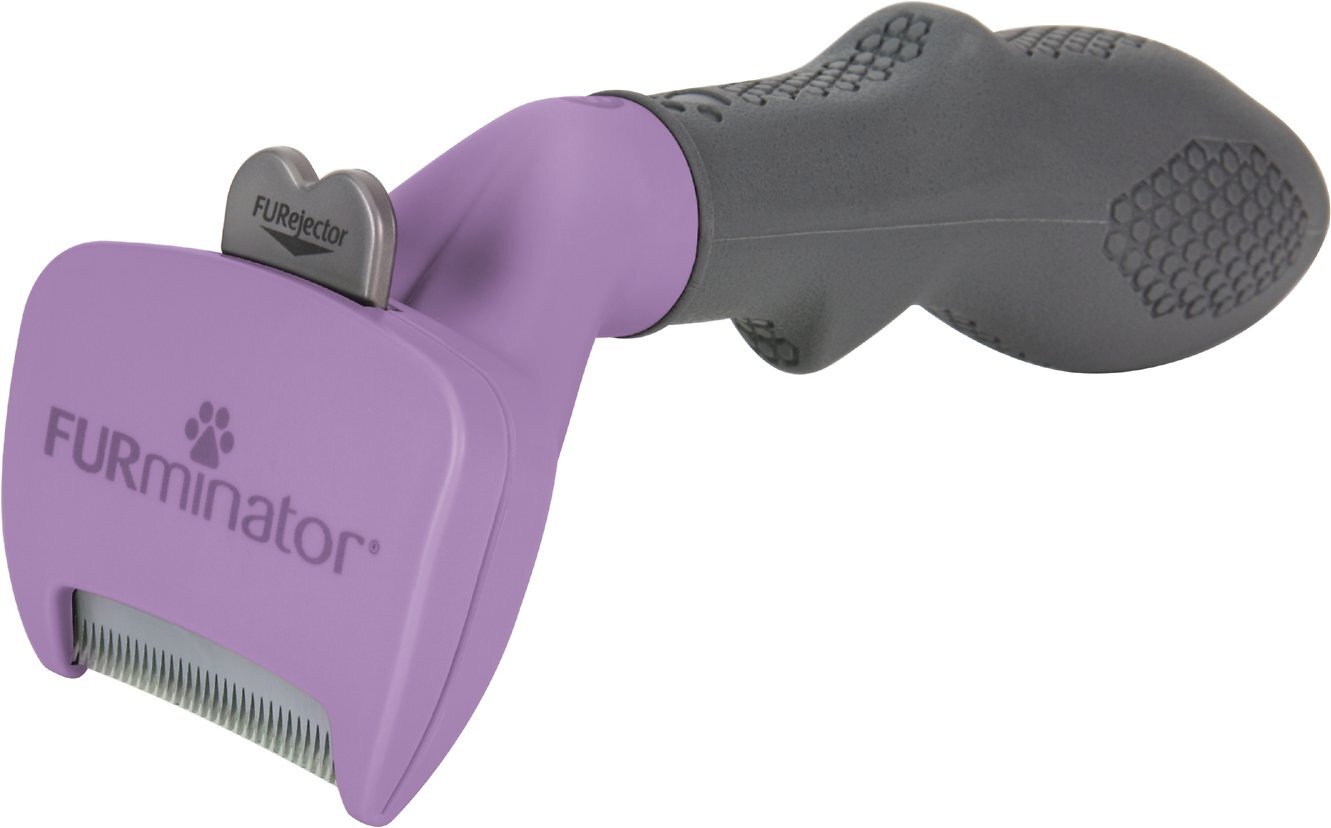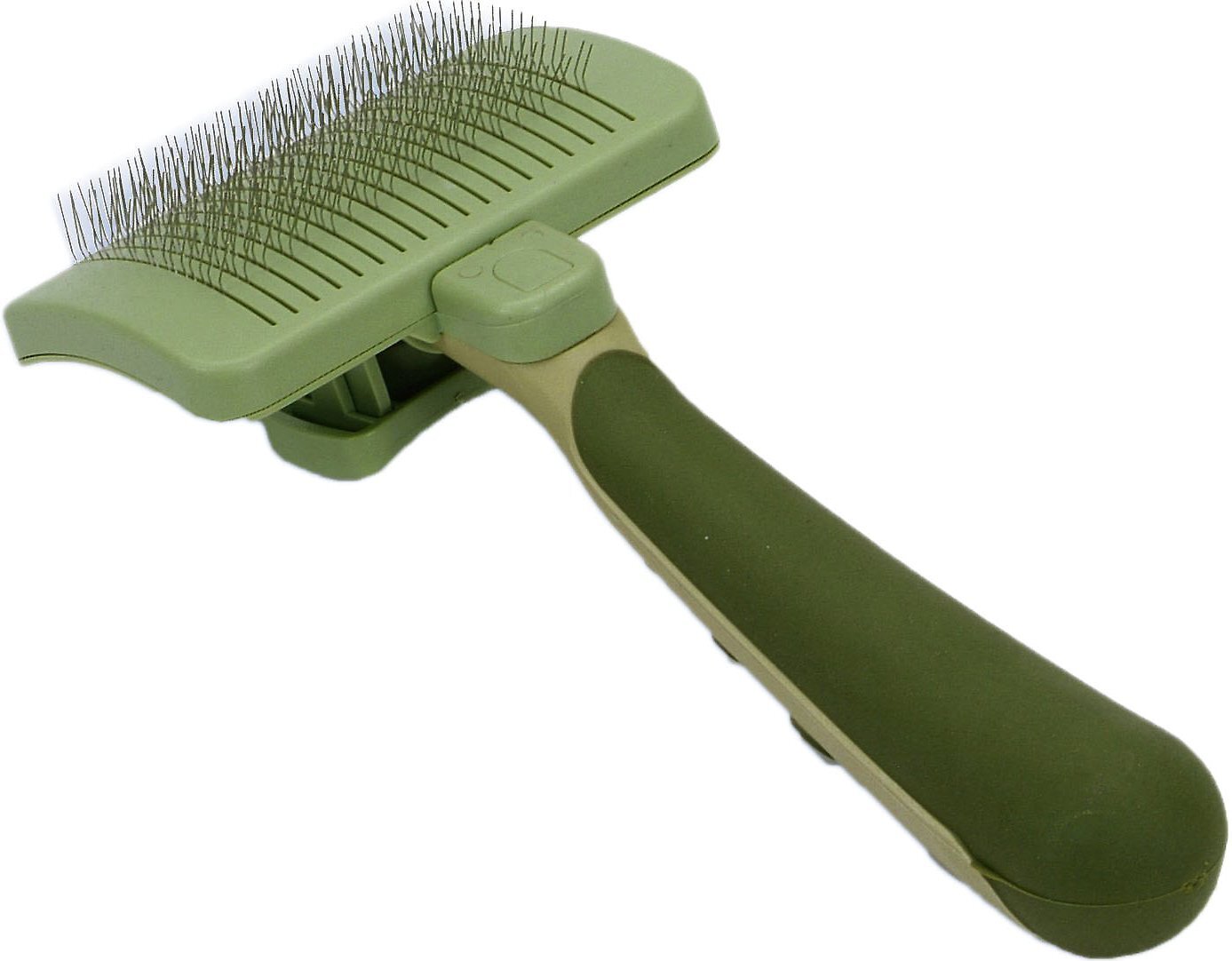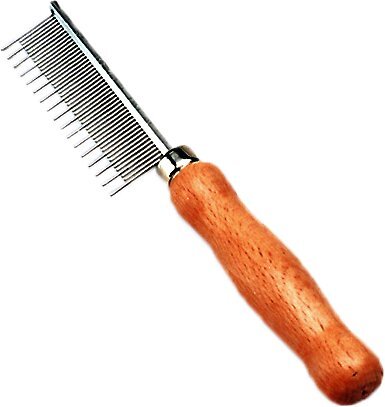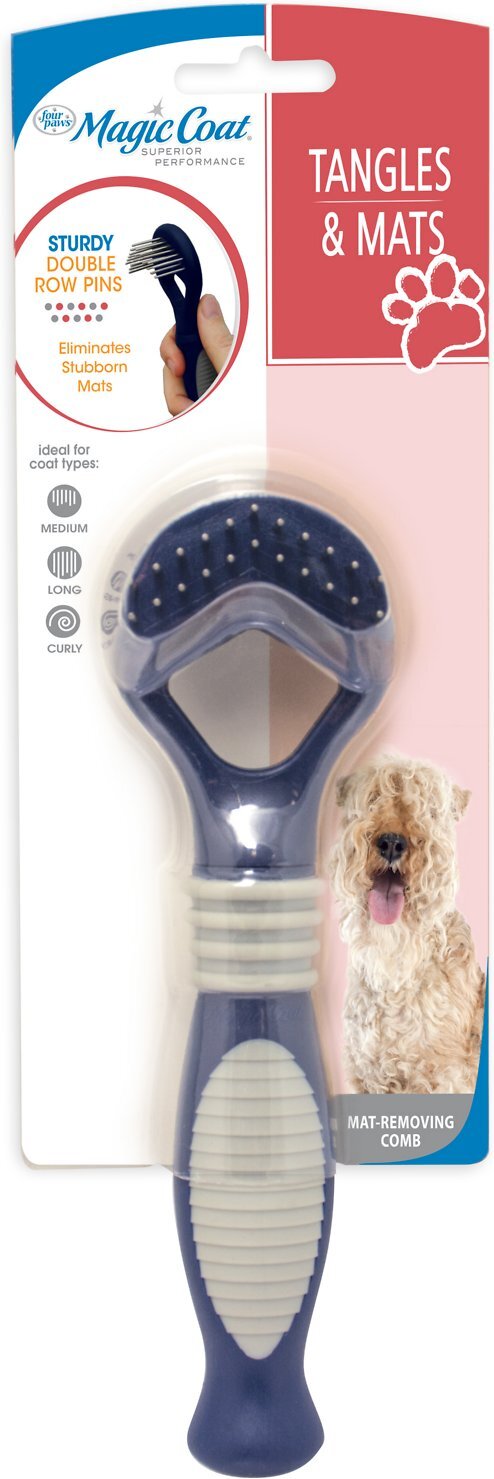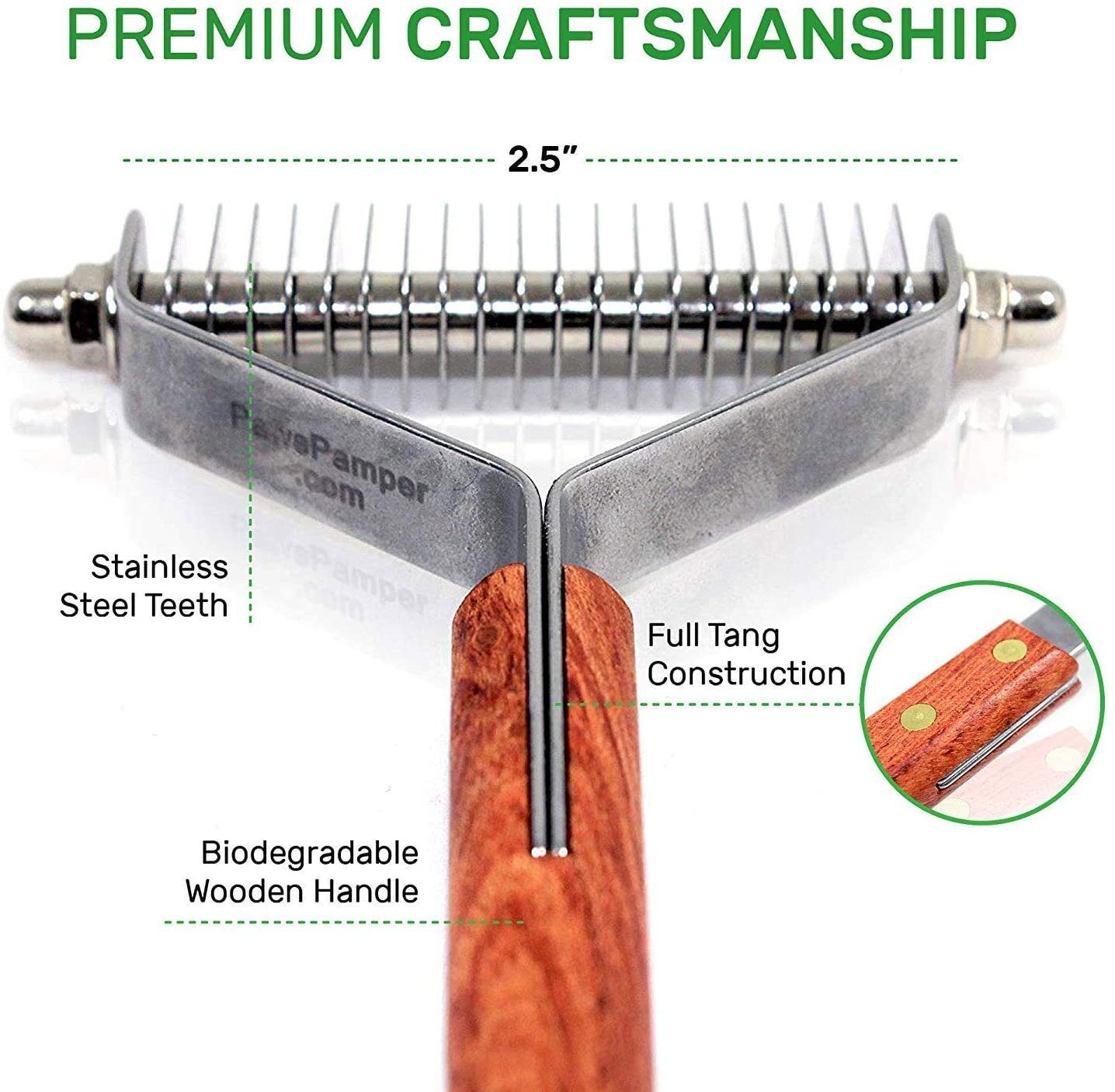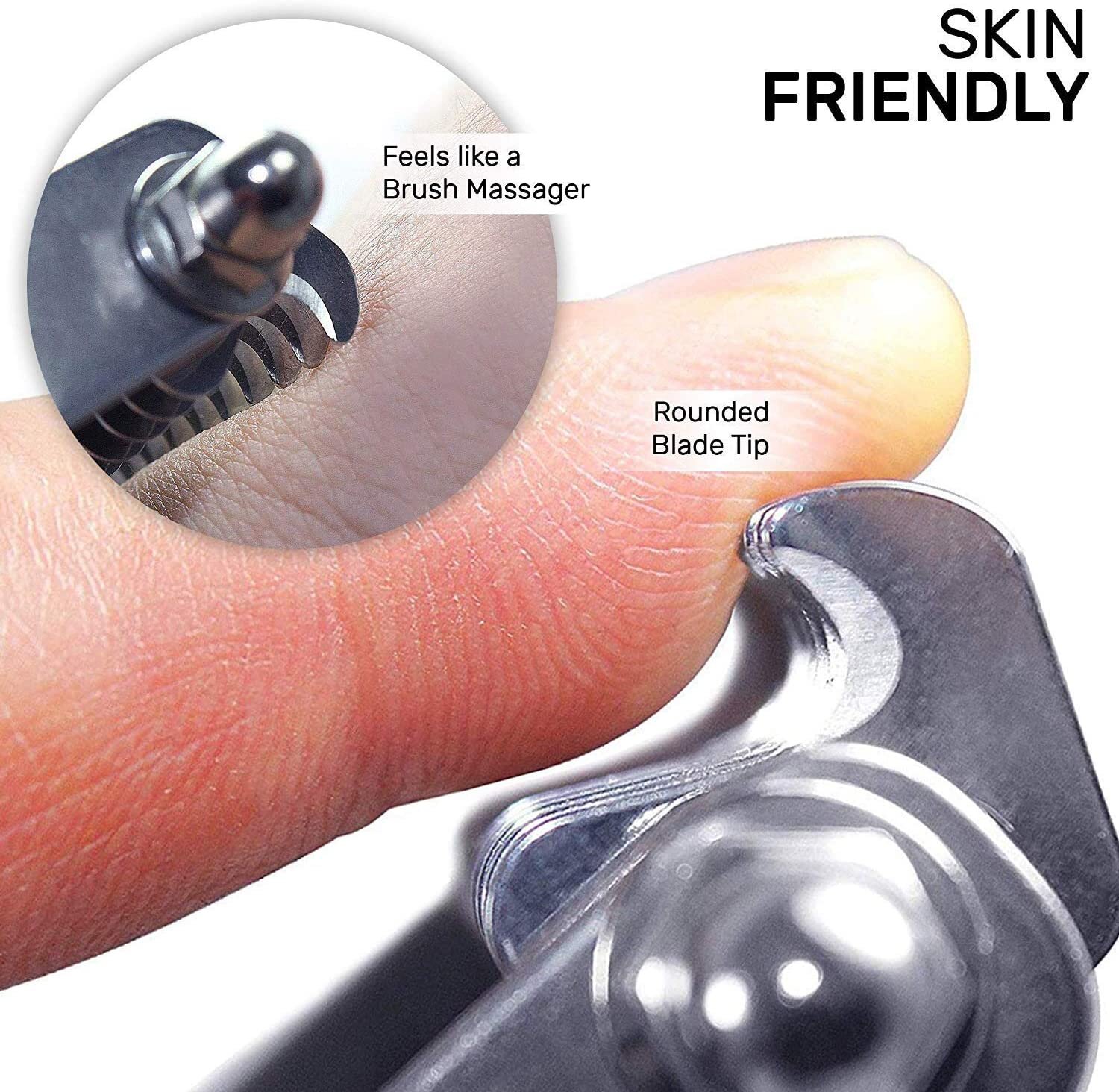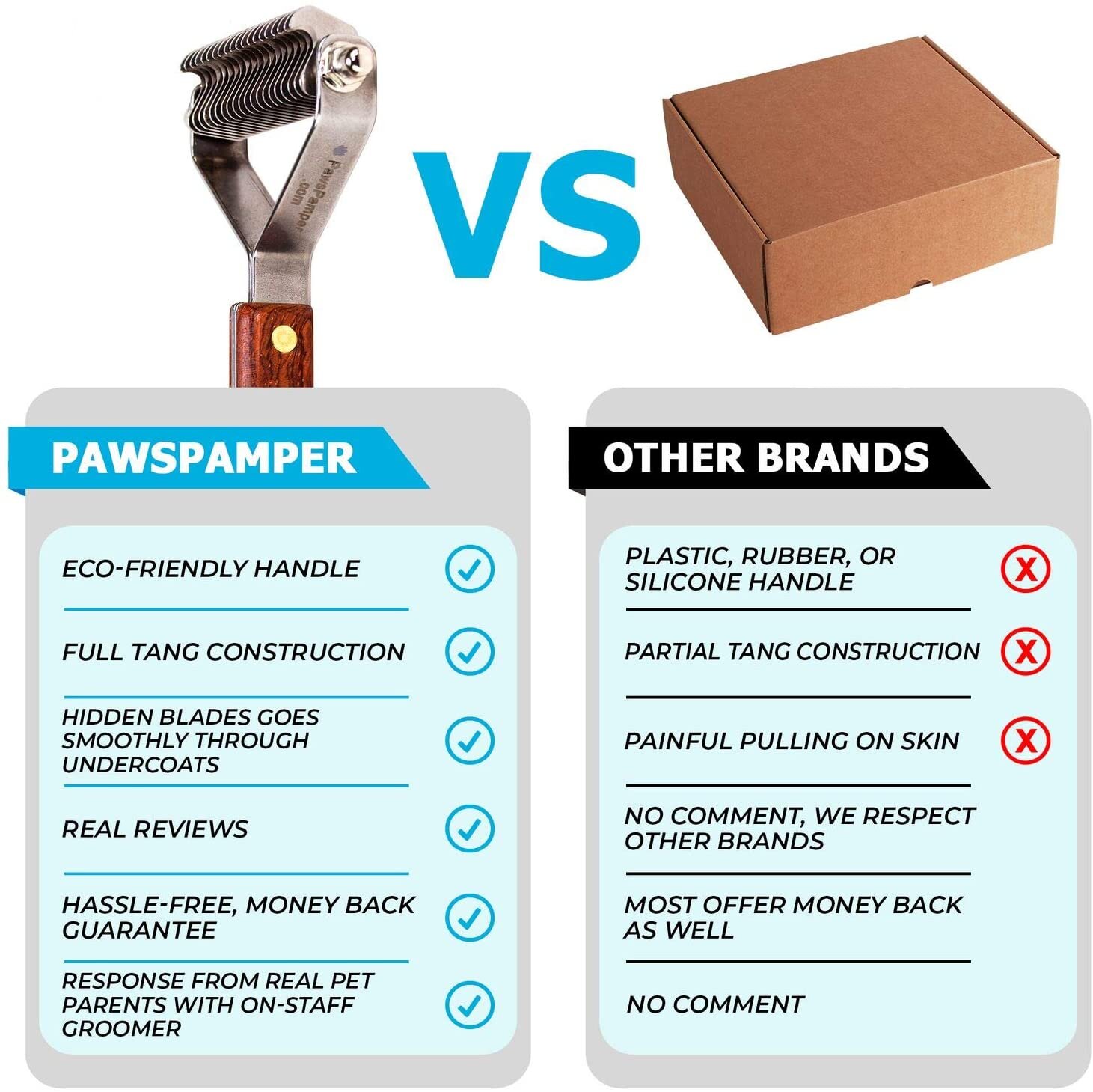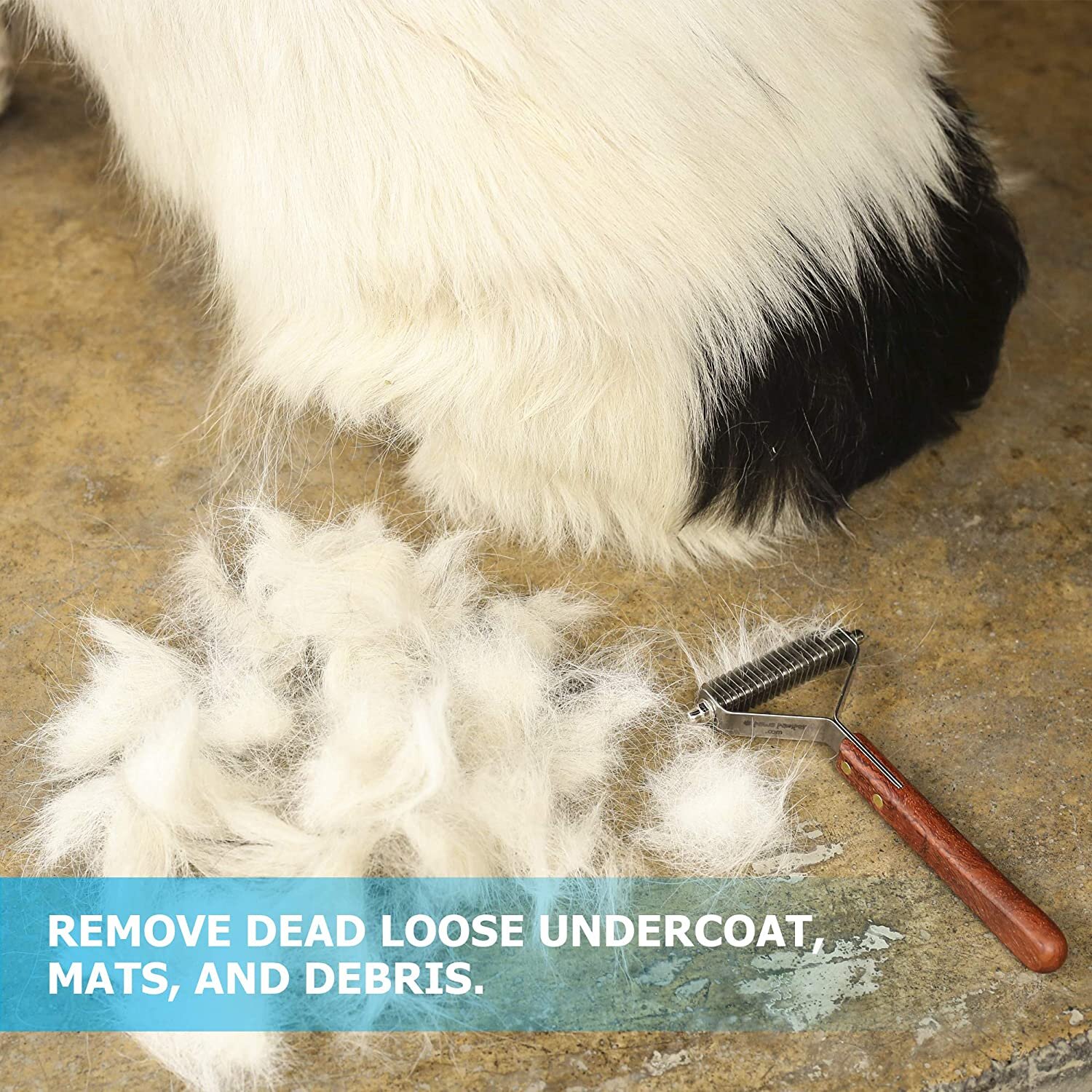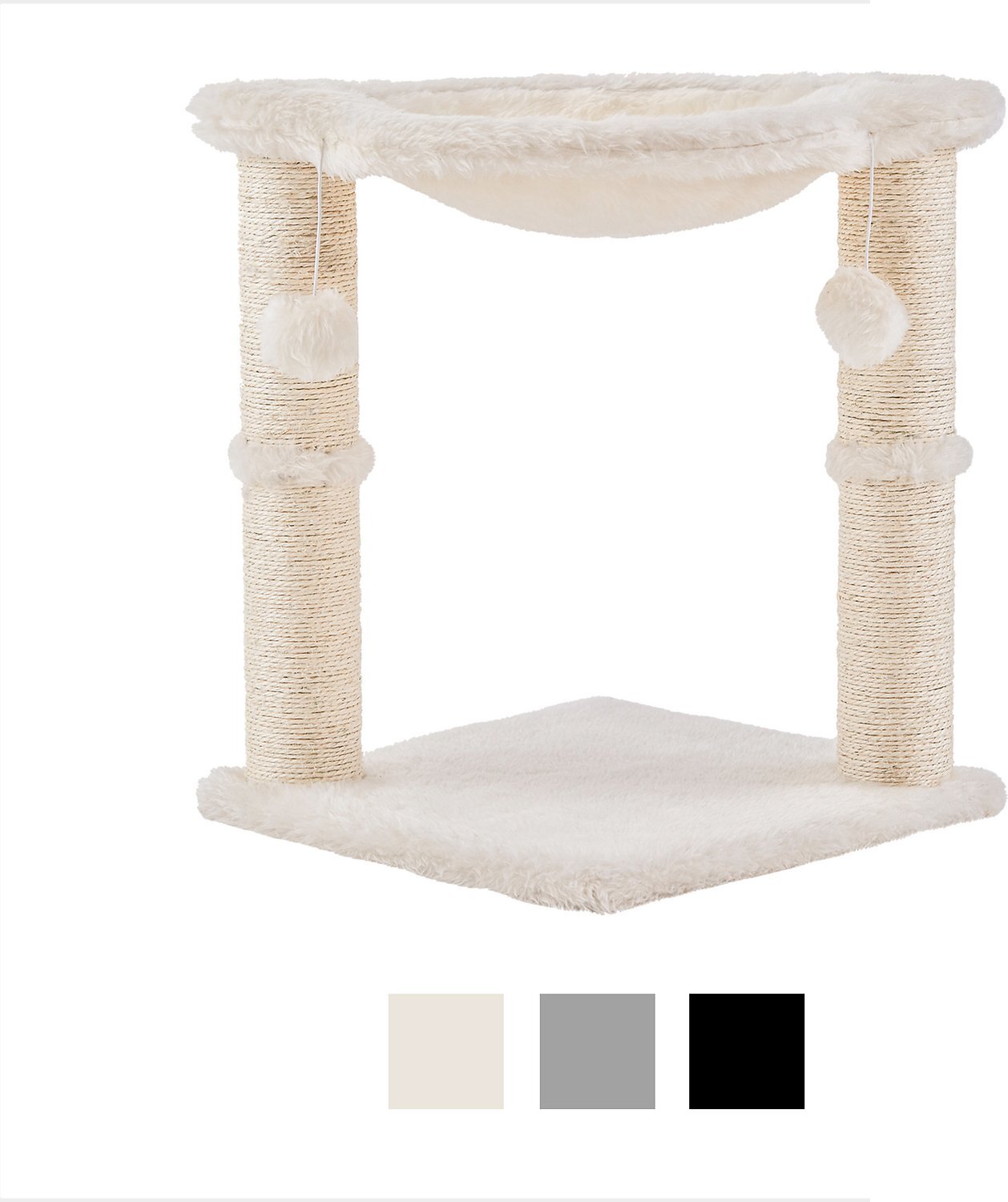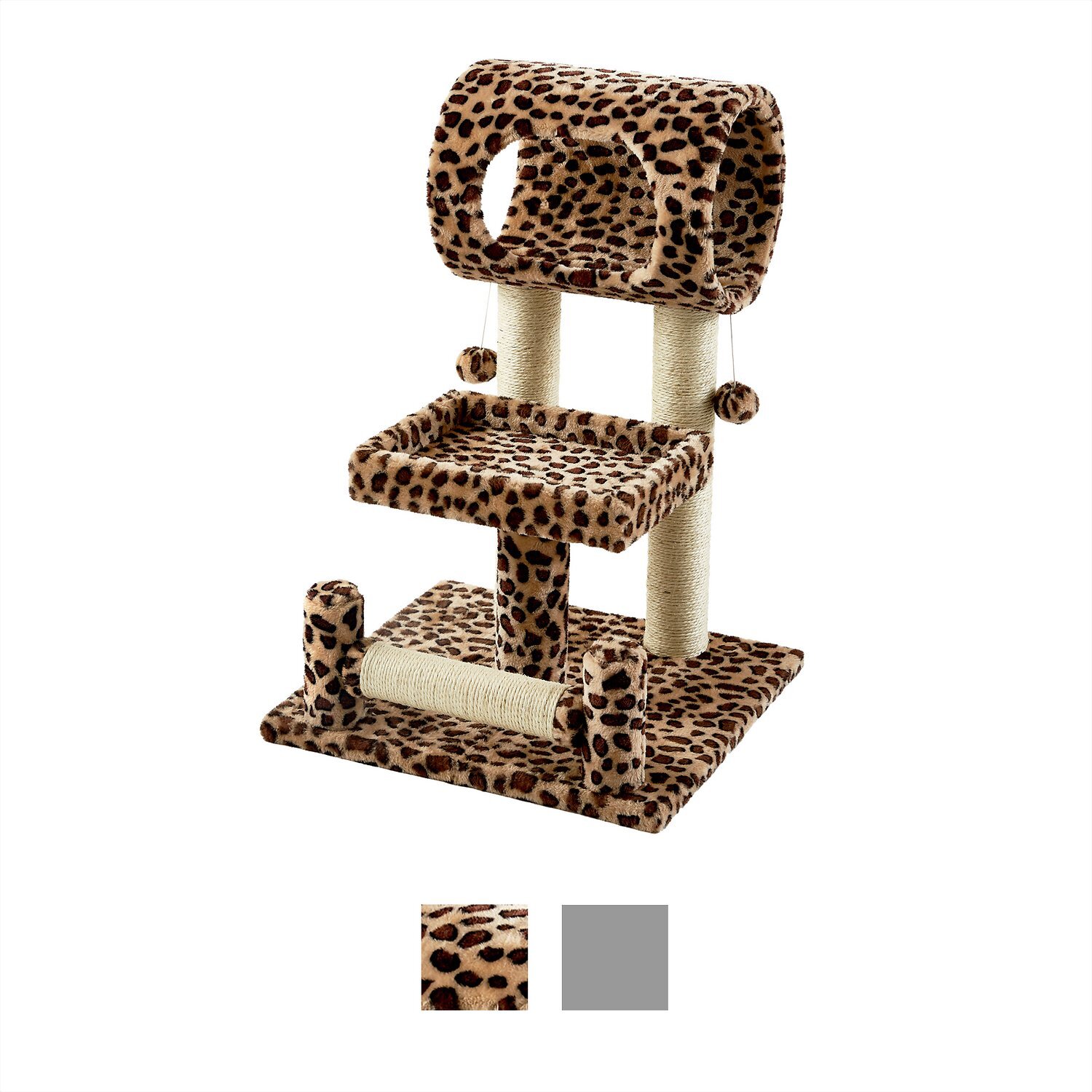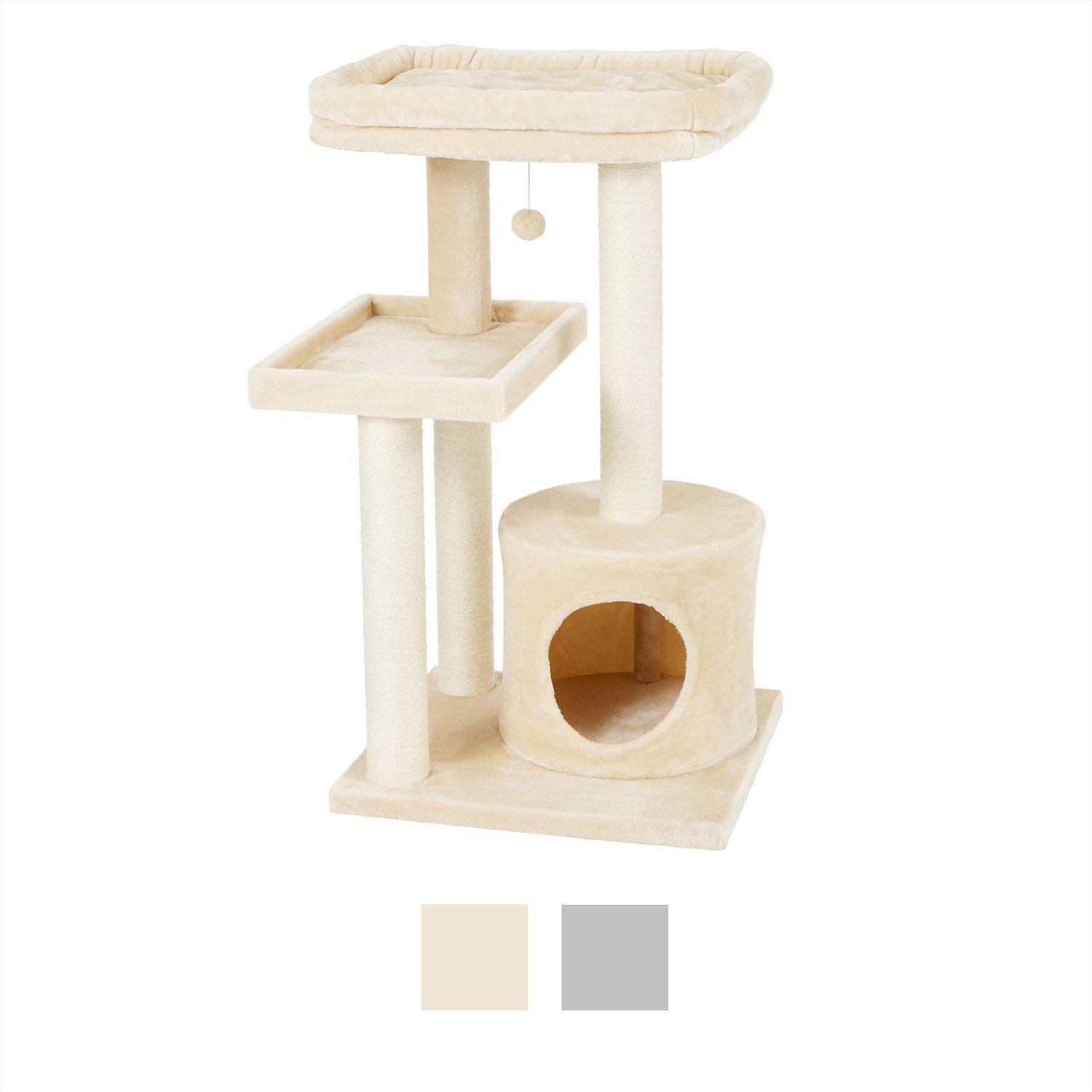Maine Coon Care
Expert advice from a cat breeder
Expert advice from a Maine Coon Cat Breeder with 20 years experience. Find approved toys, food, health care and much more! Your questions and our experienced answers as well as the direct links to the products we recommend for your convenience. Read and save the Kitten Care E-Book below;
Microchips
If your dog or cat is lost or stolen, microchip registration is definitive proof of ownership. To register your kitten’s microchip if extremely easy. Simply type in the number you are provided in your vaccination package at:
Vaccinations
Currently, we are using. This protocol is now being adopted by ALL 27 North American veterinary schools. Important to note that mom's antibodies are not completely gone till 16 weeks thus shots given earlier may have no effect. Shots are given 3-4 weeks apart, never give a booster shot when a cat shows signs of being sick.
Purevax® Vaccine
First Booster
Second Booster
Third Booster (Needs to be after 16 wks)
Nobivac® Bodettela Vaccine
Rabies Shot
Cat litter
We use “Frisco Crystal Cat Litter” because it has almost no smell.
We also use “Red Lid Clumping Tidy Cat”.
Quarantine
You should quarantine your new kitten or cat. The most important aspect of quarantine is keeping all animals separate during the introduction and eliminates typical routes of bacterial and viral infections. Remember, your kitten requires visits to the veterinarian's office for crucial vaccinations and exams, while a kitten’s immune system is less than an adult making it easy to catch something. Quarantine is a time frame of 2-3 weeks of personal one-on-one time with the new owner(s). Rushing the introduction process can result in a scared, skittish, and unsure feline that can result in unruly behavior at your fault, not the cat. Quarantine should be in a medium-sized room. You will then need to provide proper enrichment items to redirect the cats' attention, provide exercise, and provide an activity to bond with your new kitten.
Essential Oil Poisoning
Essential oils are the concentrated liquids (volatile organic compounds) of plants. Essential oils have become popular for their use in aromatherapy and alternative medicine; they are also used in cleaning products, food and drink flavorings, herbal remedies, perfumes, personal care products, and liquid potpourris used as home air fresheners and fragrances. Many liquid potpourri products and essential oils, including oil of cinnamon, citrus, pennyroyal, peppermint, pine, sweet birch, tea tree (melaleuca), wintergreen, and ylang-ylang, are poisonous to cats. Both ingestion and skin exposure can be toxic.
Rapid diagnosis and treatment are imperative. If you believe that your cat has ingested or come in contact with essential oils or liquid potpourri, call your veterinarian or Pet Poison Helpline
Read More: https://vcahospitals.com/
Toxic Plants
Many toxic plants are irritants: they cause localized inflammation of the skin, mouth, stomach, etc. The toxic principle in other plants may have a systemic effect and damage or alter the function of a cat’s organs, like the kidney or heart. “Lilies are a very big deal because they cause acute, potentially fatal kidney failure,” says integrative veterinarian Carol Osborne, DVM, of the Chagrin Falls Pet Clinic in Chagrin Falls, Ohio.
If you see your cat eating a plant and you are uncertain if it is poisonous, or if you even suspect that your cat ate such a plant, call your veterinarian immediately.
Animal Poison Control at 1-888-426-4435
Exercise
Exercise is where a cat can expend its pent-up energy. There have been more and more tests showing that cats kept inside can become bored and develop cat serious psychological problems. These issues can present themselves in many ways such as destroying furniture or not using litter boxes. We suggest a combination of real interaction (playing sessions with a cat wand, clicker training, harness training) and interactive toys (cat wheels, wall of shelves, cat trees).
Play sessions with a cat wand are the best enriching activity with your cat. Get your cat out of breath with a vigorous session typically 10 – 30 minutes long. Try adding a session before bedtime to get optimal nighttime sleep results.
Website link: www.TheCatConnection.com
Cat shelves and trees can be used both in real interaction and by the cat alone. Savannah Cats typically require larger more robust options due to their weight.
Website link: www.CatastrophiCreations.com
Cat wheels are for adult full grown cats only. Please see safety concerns.
Litter-box
We use clumping cat litter (red color tidy cat) in a storage tote, preferably the large or extra-large size. The longer width, the better. Younger kittens get a low sided storage tote. We suggest you start with a low sided tote at first until the cat is established. We do not suggest lightweight tidy cat only because it gets everywhere and painfully clumps in-between toes.
Litter-box Problems
Problems using litterboxes are often a sign something is wrong. Stemming from either inappropriate box size, box location, cleanliness of the box, litter type/feel on the foot, stress level, insecurity, dirty houses or even illness. Regardless of the cause you need to address the issue immediately to prevent on going issues and also the cat’s well-being.
INSECURITY
Problem: Insecure animal trying to establish that they are wanted or dominating another animal (Including vermin). Remember vermin or other animals can get under your house and in your backyard.
Solution: Put the box in socially important areas so your cat(s) can establish their scent. Provide high vertical space (shelving and cat trees) so the cat can get up above the action (kids/dogs/strangers) in your home. When giving this vertical space you also need to give an escape route if you have other cats they may pin a cat up high with no option to get away.
HIDING BOXES
Problem: Hiding the litter box due to smell or ascetics.
Solution: Prevent confining smelly boxes by doing open top tubs. Put the box in socially important areas. This means if the cat pees in X area then put a litter box in that area not the other side of the house.
DIRTY HABITS
Problem: Dirty box. Imagine going to a public bathroom where some one pooped and didn't flush it...
Solution: Cleaning the sides of boxes. Clean often. Give multiple boxes.
SMALL BOXES
Problem: Small boxes. Most pet stores offer 90% of boxes that are too small for any adult domestic cat.
Solution: Bigger boxes, wider boxes. Have multiple boxes that are in different locations. The box should be wide enough to turn around and long enough to poop twice without stepping in the poop. Get a large storage tub or plastic cement mixing pan as its cheaper and larger.
Suggestion
Evaluate problem areas to determine root cause. Use sticky notes or stickers to mark any area a cat acts scared, has a fight and pees inappropriate. Do this every time something happens. You WILL find a pattern.
Tell your breeder when a problem starts, if they cant help but they probably know who can.
Trimming nails
Trimming your cat’s nails should be done weekly to every other week to avoid destruction of objects. Start young so your cat is used to the process. Run out your cat’s energy first and wait for him to be sleepy. Scruff the neck, bring the paw to the scruff and trim the nails with the other free hand.
Website Link: www.YouTube.com/watch?v=Ut886IEvn9w
Grooming Supplies
Dematting Brush
The HOLY GRAIL of de-matting tools! WARNING this works… tooooooo well. Only use this sparingly. If you brush the entire cat with this it will remove most of the coat which might be what you wanted…
Amazon Link: PawsPamper Extra Wide Undercoat Rake
Cat Trees For Small Kittens
Size (31 - 59")
Clicker Training
Best Friend Animal Society’s Dr. Frank has a fantastic video on YouTube detailing clicker training methods. After 9,000 years of living with humans, scientists state that all cat breeds remain only semi-domesticated. If you want your cat to obey your needs, you need to make training worthwhile.
Website Link: www.ClickerTraining.com
Travel Training
AdventureCats.org is the first and only resource for information on safely exploring the great outdoors with your feline friend. The site is run by a passionate group of outdoorsy cat lovers who want to challenge negative stereotypes about cats and their owners.
Not all cats are content to simply watch the world through the window. Meet the fearless felines who accompany their humans on outdoor excursions and learn safe and fun ways your cat can become an adventure cat.
Harness Training
Harness training a Savannah Cat is like training a puppy. Patience and perseverance are key, this will not happen overnight. Walking on a leash requires extensive time, patience, and positive reinforcement to achieve. Never allow a cat to walk out of a door even on a harness, you do not want to teach a cat that walking out of a door will result in outside access. As soon as you get your kitten and they have settled in you should start with the following steps;
Step 1
Start placing a fitted harness on your Kitten and allow the kitten to wear it for extended periods inside the home without associate with the leash. The cat may protest by laying down but eventually will learn to wear the harnesses without struggle. Try associating the harness with playtime for positive enforcement.
Step 2
Start attaching a leash inside the home. Take a cat wand to entice the cat to walk. Give extra small treats sparingly for positive reinforcement. If the cat becomes scared, calmly pet the cat and redirect its attention back to the cat's wand. Do not be forceful, don’t give up quickly. Patience and repetition are the keys.
Step 3
Pick an outside area that is without fast-moving objects or loud noises, preferably an enclosed smaller space such as a backyard. Play with a cat wand. Do not attempt to "walk". Your goal is to give positive enforcement to going outside only. From here you will extend your outside adventures.
Pupteck Cat Harness
Easy to use but not heavy duty. Buy on Amazon.com
Custom Leather Harnesses
Esty Shop, DogCollarCatHarness.





